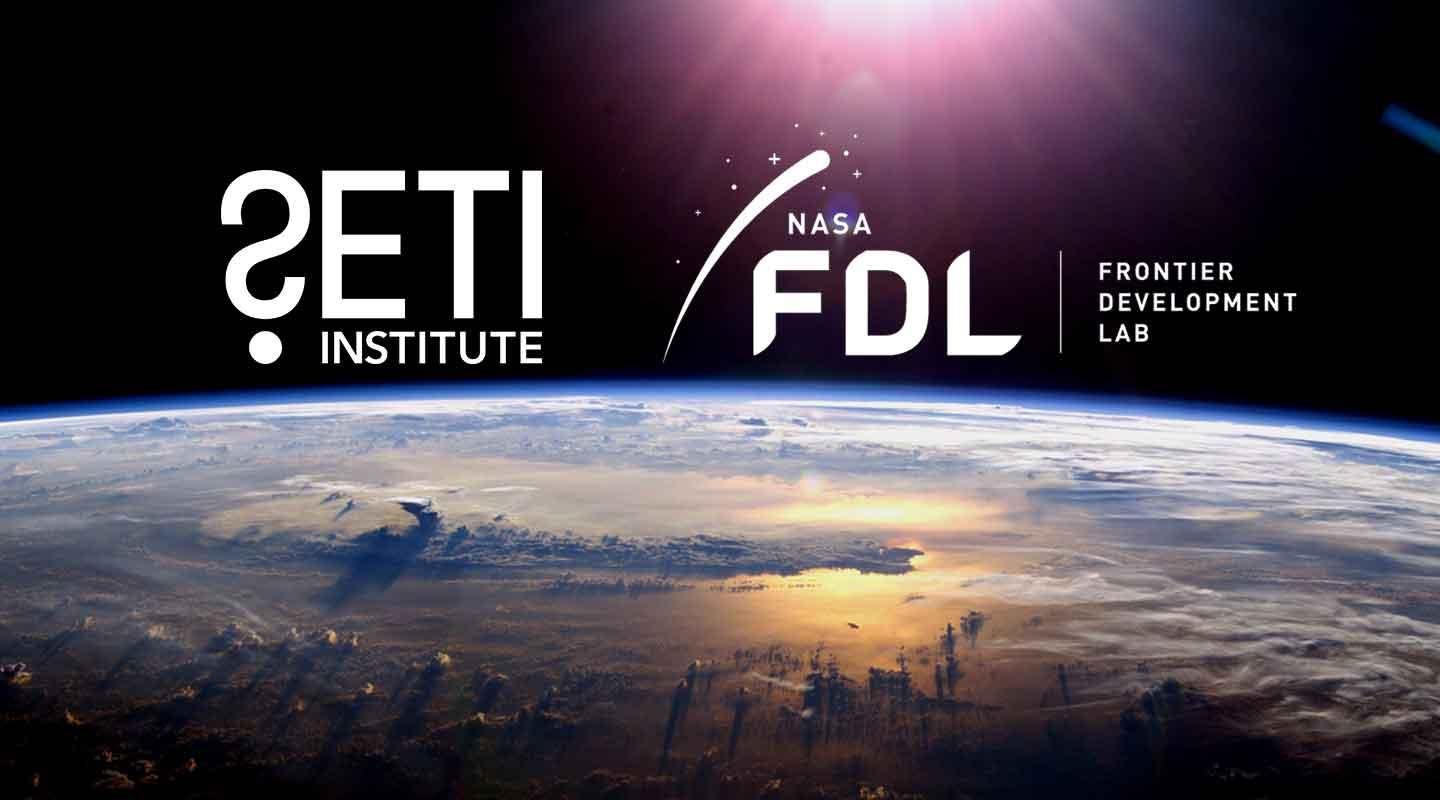
A new algorithm called HORUS (Hyper-effective nOise Removal U-net Software), designed to shed more light into dark lunar craters, has been developed by the Max Planck Institute for Solar System Research, and applied to 17 craters at the southern polar region of the Moon, enhancing the detail and assisting in the search for water sources on the Moon. This work was initiated as part of FDL.
With the new software, the image of the bottom of the crater is improved significantly. Unfortunately, the photos don’t show any direct evidence of water, such as bright patches that would indicate ice. However, any crewed mission that wants to look for water in or under the regolith of these craters will first need to know what terrain it is entering. Defining such terrain is where HORUS shines – the researchers could make out geological features a few meters across, which could be potentially hazardous to a lander or rover.
- Universe Today: Some of the Moon’s Craters are so Dark, it Takes AI to see What’s Inside Them
- Florida News Times: Artificial intelligence provides a clearer image of lunar craters containing water ice
- SETI.org: Frontier Development Lab Transforms Space and Earth Science for NASA with Google Cloud Artificial Intelligence and Machine Learning Technology
 Searching TESS Data for Unusual Behaviors
Searching TESS Data for Unusual BehaviorsEnergized by the discovery of Boyajian's Star, SETI Institute scientist Ann Marie Cody is creating a way to automatically search through the mountains of data from TESS (Transiting Exoplanet Survey Satellite) to look for strange and rare occurrences, such as Tabby’s Star’s brightness fluctuations.
By using more than 100 different statistical measures, she hopes to differentiate between ordinary anomalies – such as eclipsing binary-star systems – and rarities including occulting materials around the star, solar panels, orbiting megastructures that are harvesting energy, or other unknown technosignatures. Such anomalies will ultimately be referred to ground-based telescopes for more dedicated searches, including radio SETI searches.
- Physics World: Scanning the cosmos for signs of technology
- SETI Live Replay: The Search for Technosignatures with TESS
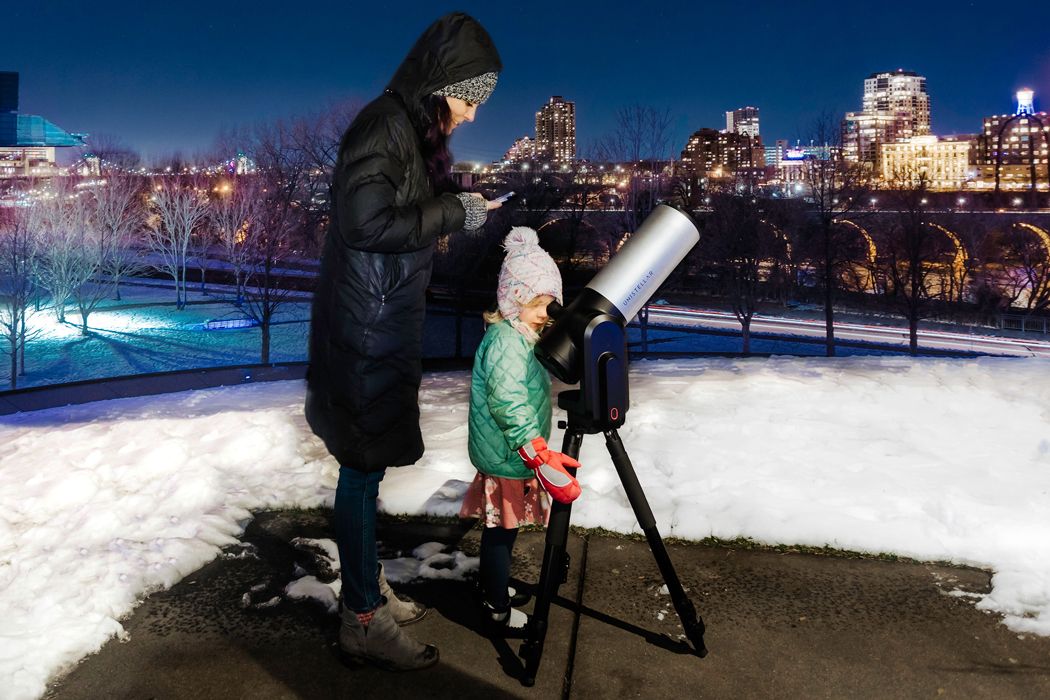 Inspiring Girls to Discover Space Science with World Space Week
Inspiring Girls to Discover Space Science with World Space WeekThe SETI Institute, Unistellar, and The Planetary Society join forces to honor World Space Week’s theme of “Celebrating Women in Space” with a series of projects and events aimed at intriguing and energizing girls to become the next generation of space explorers.
"As a young girl ~ 8 years old, I was walking along a very dark beach in the Florida Keys with my dad - as he pointed out the constellations, I remember thinking that on a planet circling one of those stars, there would be a young creature walking along their beach and seeing our Sun as a star in their sky," said Jill Tarter, Co-Founder of the SETI Institute and SETI pioneer. “Having a science-based view of all of us as Earthlings will foster the cooperation that will be needed to find solutions to the challenges that threaten our long future on this planet.”
- SpaceRef: SETI Institute Joins Unistellar & The Planetary Society to Inspire Girls to Discover Space During World Space Week
- SETI.org: SETI Institute Joins Unistellar & The Planetary Society to Inspire Girls to Discover Space During World Space Week
- SETI Live Replay: Unlocking the Secrets of the Universe: Exoplanets and Dark Matter
- SETI Story Time: El Zorro Curioso Y El Universo por Robert Farkas | un Cuento con Jasmín en Español
- SETI Story Time: Storytime with Mika: "Peep Inside Space" by Anna Milbourne
- SETI Story Time: Storytime with Mika: “The Solar System” by Jill McDonald
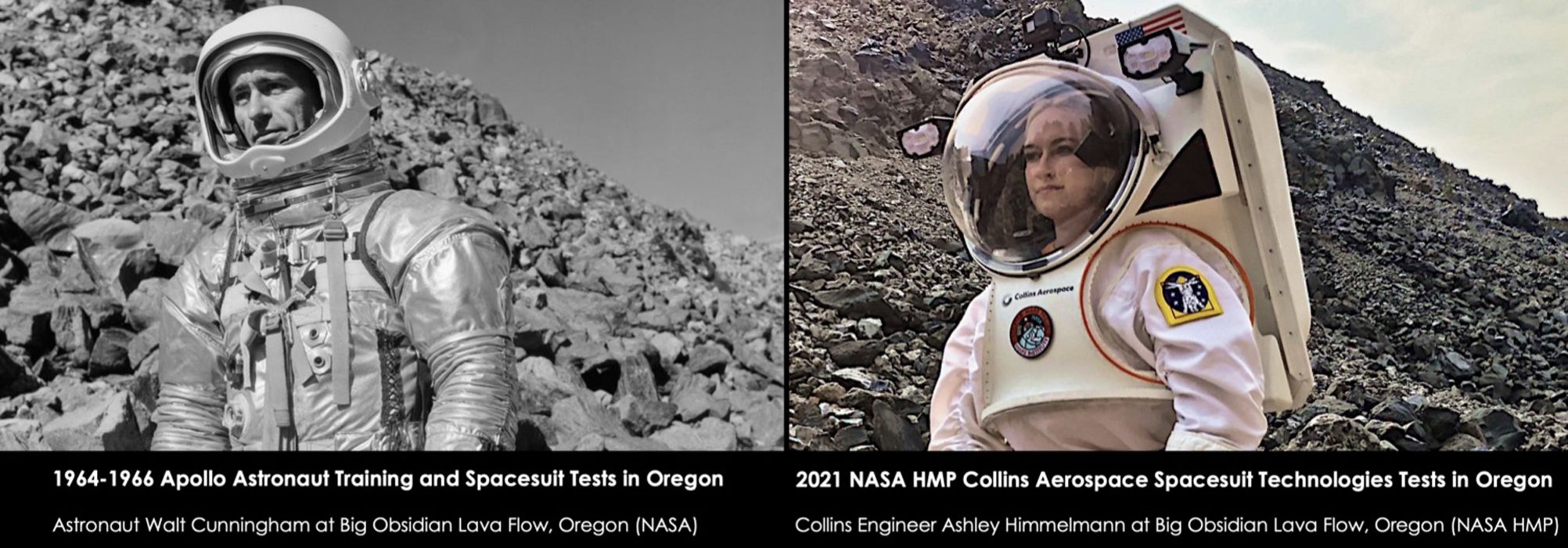 Checking Out New Spacesuits in Lunar Analogs in Oregon
Checking Out New Spacesuits in Lunar Analogs in OregonSites used for spacesuit testing during the Apollo missions have been revisited to test a new generation of spacesuits, incorporating new technology, with missions to the Moon and Mars as goals. Pascal Lee assisted in choosing the test sites and participated in the testing.
“The trick is the interface. On space walks astronauts have a binder with their checklists and procedures on their wrist. That will not make sense to carry something that bulky while on a moon or mars mission,” said Lee.
The new suit has different interfaces, including a voice command interface, and visual display inside the helmet, both of which have pros and cons. Lee said the testing was to try out those interfaces and see how the person inside the suit did and how the electronics reacted.
- Herald and News: Lake County locations used in space suit testing
- SETI.org: New Spacesuit Technologies for Moon and Mars Exploration Tested In Oregon Where Apollo Astronauts Once Trained and Tested Spacesuits
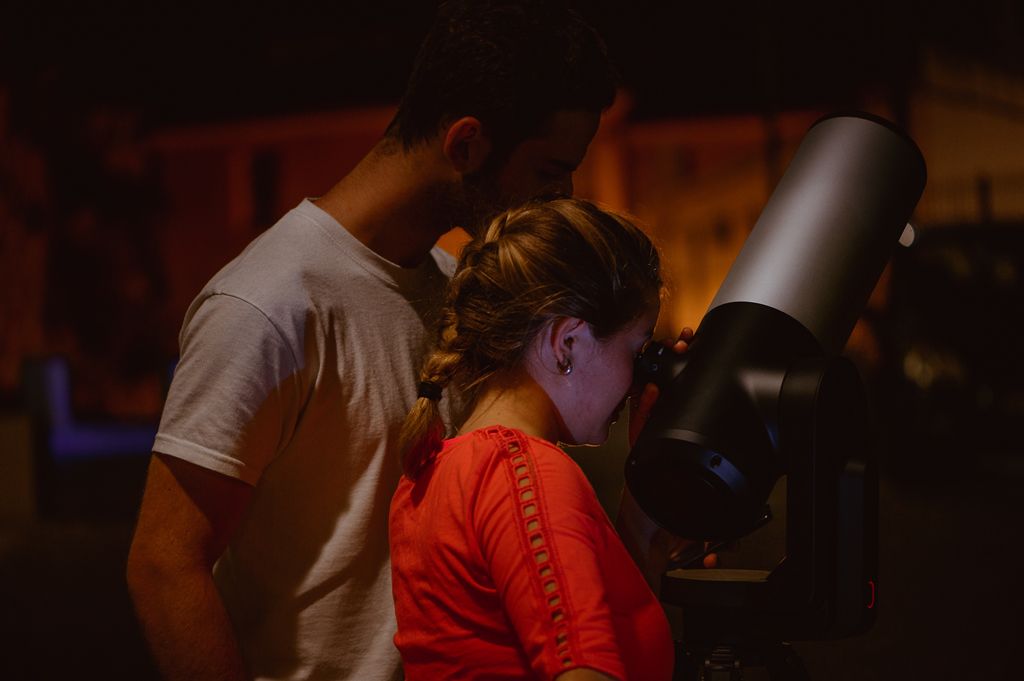 Community Colleges to Receive Telescopes and Training
Community Colleges to Receive Telescopes and TrainingThanks to a grant from the Gordon and Betty Moore Foundation, the SETI Institute and Unistellar will be providing eVscopes and training workshops to 25 community colleges throughout the US.
“Due to limited resources, many community colleges cannot offer the facilities to engage students with observing the night sky,” said Dr. Simon Steel of the SETI Institute and Principal Investigator for the NASA Community College Network. “Without access to an observatory, often located in urban areas with high levels of light pollution, students face an unfair disadvantage when learning about the universe, not to mention being deprived of the inspiration and excitement of an authentic observing experience. The Unistellar eVscope program brings an extra dimension to community college astronomy education and complements perfectly the aspirations of the NASA Community College Network.”
- SpaceRef: SETI Institute and Unistellar to Provide eVscopes, Workshops to Community Colleges
- SETI.org: SETI Institute and Unistellar to Provide eVscopes, Workshops to Community Colleges
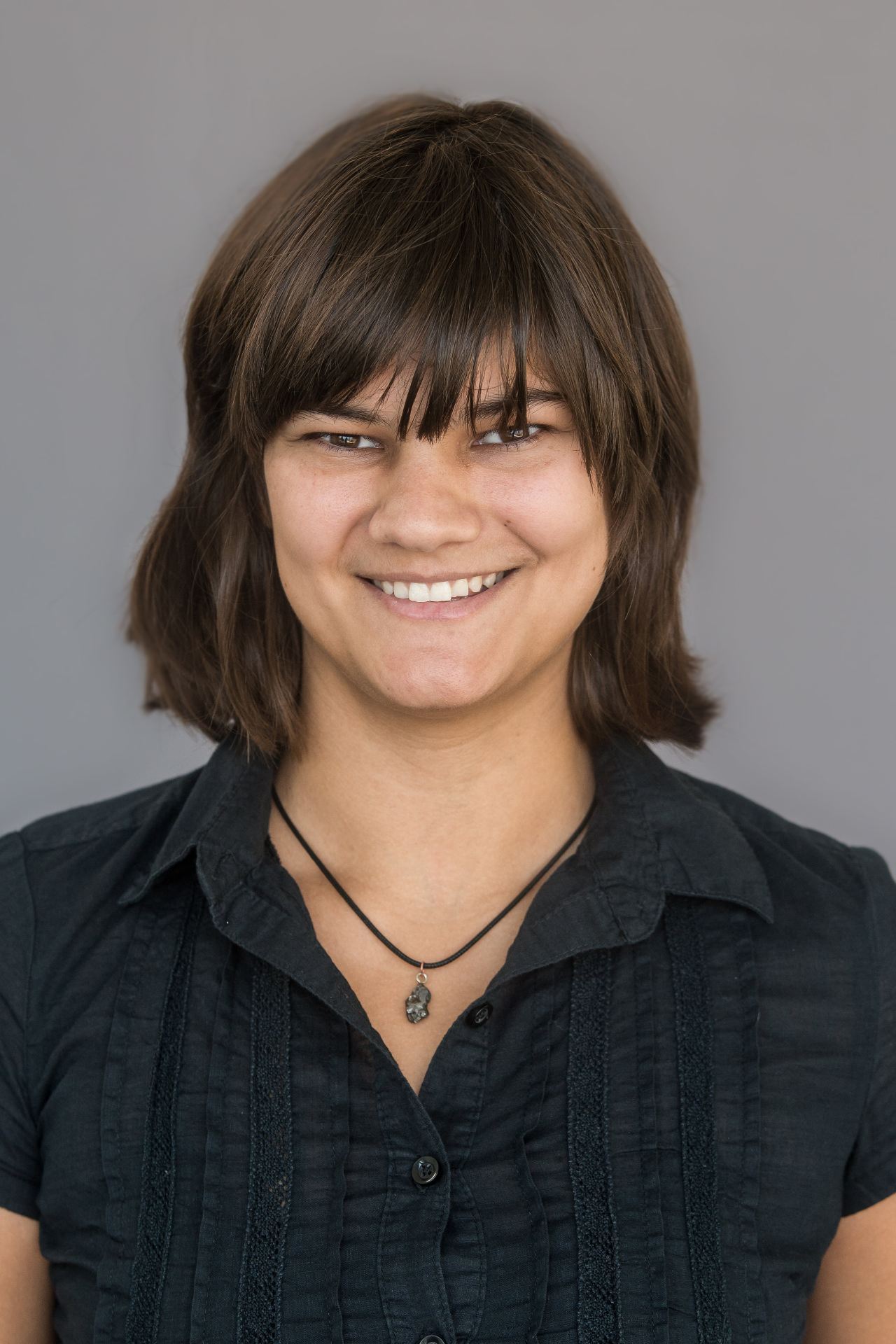
FRB Researcher Awarded Fellowship
Dr. Sofia Sheikh has been awarded a Mathematical and Physical Sciences Ascending Postdoctoral Research Fellowship (MPA-Ascend) by the National Science Foundation (NSF) for her work on fast radio bursts and their detection, using the Allen Telescope Array.
"The combination of Sofia's keen scientific abilities and audacious passion for carving her path is truly remarkable," said Andrew Siemion, Bernard M. Oliver Chair for SETI at the SETI Institute. "Sofia is a world-class scientist who is demonstrating vision, tenacity and academic excellence in researching a profound and challenging topic."
- SpaceRef: Dr. Sofia Sheikh awarded National Science Foundation Fellowship for Research & Education at the SETI Institute’s Allen Telescope Array
- Penn State News: Graduate alumna awarded NSF MPS-Ascend Fellowship to work at the SETI Institute
- SETI.org: Dr. Sofia Sheikh Awarded National Science Foundation Fellowship for Research & Education at the SETI Institute’s Allen Telescope Array
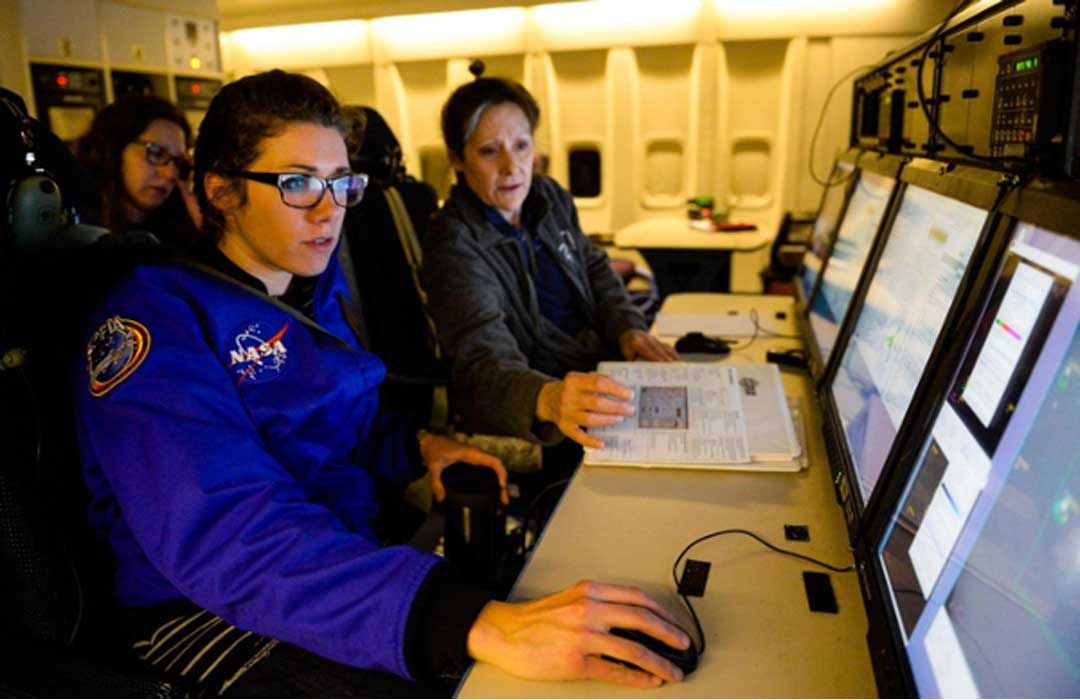 Junior High Science Teachers Fly on SOFIA for the First Time
Junior High Science Teachers Fly on SOFIA for the First TimeThe Airborne Astronomy Ambassadors program has previously sent senior high science teachers into the stratosphere on SOFIA. Now three junior high science teachers are participating in the program.
“Science teachers having the opportunity to interact with scientists and be a part of their scientific studies as those studies are being rolled out is priceless,” said David LeBarron, Director of Curriculum and Assessment for the Hart District. “The knowledge and skills learned, along with the teacher’s excitement for science, returns to their classrooms with them and their students benefit.”
- KHTS: Hart District Junior High Teachers to Board NASA SOFIA Begin Training Process
- SETI.org: 30 Teachers Selected as Airborne Astronomy Ambassadors to Bring NASA Science to Classrooms
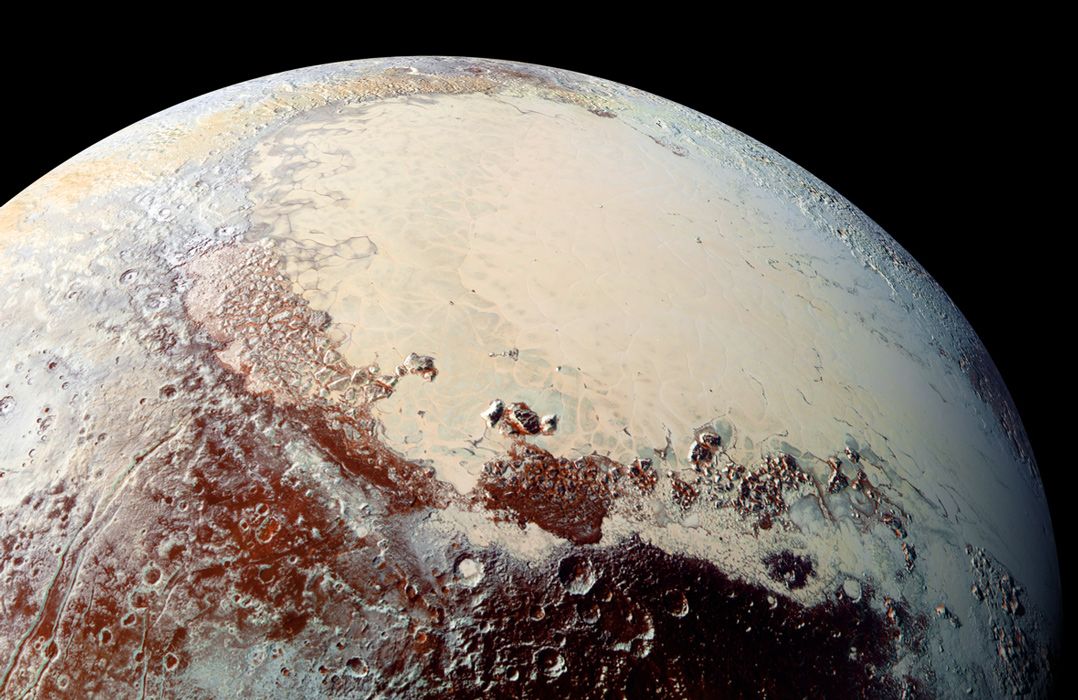 Seth Shostak on Finding “Planet 9”
Seth Shostak on Finding “Planet 9”Senior Astronomer Seth Shostak discusses the trials and possible benefits of locating the elusive (and still controversial) planet beyond Pluto.
But why is it so difficult to find? Well, with a distance from the sun reckoned to be 10 times that of Pluto, Planet 9 would be dimmer than a cane toad. In addition, the predictions give only a general idea of where to look for this world. Finding Planet 9 won’t be easy, even assuming it’s there.
- NBC News: Seth Shostak: The search for Pluto’s possible space replacement, ‘Planet 9’, is heating up
- SETI.org: The Hunt for Planet 9
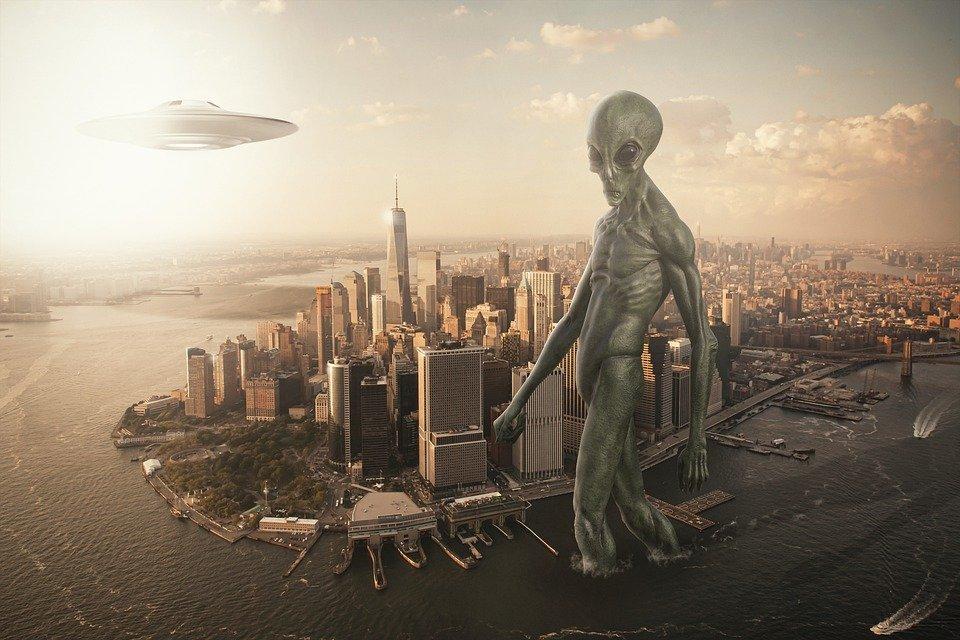 Space Invaders Will Win in Any Alien Invasion
Space Invaders Will Win in Any Alien InvasionGiven that any alien society bent on taking over Earth will be far superior in technology to ours, Seth Shostak opines that hostile ETs will easily subdue us. The UN has been uninterested in looking at protocols for alien invasion, despite calls from SETI scientists.
“Our best rockets would take 100,000 years to get to the next star over let alone to one where there might be some aliens – so the conceit that you see in the movies where we take the invaders on is nonsense. If they want to come here and flatten Swindon there's nothing we can do. The only option you have is maybe to negotiate," added Shostak.
- International Business Times: Humans could do nothing if aliens invade earth in UFOs, says top expert
- The U.S. Sun: Forget Hollywood, if aliens ever invade we’ll never be able to stop our total destruction, warns chief ET hunter
- Daily Star: If an alien invasion ever comes, we’ll have no defence warns SETI expert
Join hosts Seth Shostak and Molly Bentley each week as they explore emerging science and technology research.
Skeptic Check: Science Denial
Climate change isn’t happening. Vaccines make you sick. When it comes to threats to public or environmental health, a surprisingly large fraction of the population still denies the consensus of scientific evidence. But it’s not the first time – many people long resisted the evidentiary link between HIV and AIDS and smoking with lung cancer.
There’s a sense that science denialism is on the rise. It prompted a gathering of scientists and historians in New York City to discuss the problem, which included a debate on the usefulness of the word “denial” itself. Big Picture Science was there. We report from the Science Denial symposium held jointly by the New York Academy of Sciences and Rutgers Global Health Institute.
Find out why so many people dig in their heels and distrust scientific findings. Plus, the techniques wielded by special interest groups to dispute some inconvenient truths. We also hear how simply stating more facts may be the wrong approach to combating scientific resistance.
With guests Melanie Brickman Borchard, Nancy Tomes, Allan Brandt, Sheila Jasanoff, Michael Dahlstrom, Matthew Nisbet, Arthur (Art) Caplan
AI: Where Does It End?
The benefits of artificial intelligence are manifest and manifold, but can we recognize the drawbacks … and avoid them in time?
In this episode, recorded before a live audience at the Seattle meeting of the American Association for the Advancement of Science, we discuss who is making the ethical decisions about how we use this powerful technology, and a proposal to create a Hippocratic Oath for AI researchers.
With guests Oren Etzioni and Mark Hill
More Big Picture Science episodes can be found at http://bigpicturescience.org/episodes.
SETI Institute hosts interview cutting-edge scientists each week on social media. Recent SETI Live episodes include:
New Images of Dog-Bone Asteroid Offers Clues About Its Origin
A newly image of the asteroid Kleopatra ("dog-bone asteroid") is the sharpest and most detailed to-date. An international team of researchers, including Franck Marchis of the SETI Institute, used a series of images of Kleopatra to view it from different angles and create a 3D model. By constraining the asteroid's shape and volume, they determined the length of the asteroid is approximately 270 kilometers, composed of two components joined by a bridge of material. This new understanding provides clues about the origins of the asteroid and its two moons. Join Beth Johnson in conversation with Franck to dig deeper into this research.
What Was Our Sun Like When It Was Young?
A look at a nearby star, Kappa 1 Ceti, may provide some clues about what our Sun was like when it was young. Kappa 1 Ceti is about the same as age as our Sun was when life developed on Earth. It also has a similar mass and surface temperature as our Sun. SETI Institute heliophyscist Meng Jin is studying the stellar winds on this Sun-like star to see what we might learn about how they could have impacted the atmosphere and chemistry that led to the formation of life on Earth.
Clues to the Origins of Life in Our Solar System
When people think about the search for life beyond Earth, they often think about looking beyond our solar system and even beyond our galaxy. But what about looking closer to home? Titan, Saturn’s largest moon has a dense atmosphere, an internal liquid water ocean, and stable bodies of liquid methane on its surface. While we have not found any evidence of life on Titan, its chemistry and environment make it an interesting place to explore. Europa is a moon of Jupiter with a water-ice crust and liquid ocean underneath. Its atmosphere is very thin, but it’s composed mostly of oxygen.
Zibi (Elizabeth) Turtle is the principal investigator of the Dragonfly mission which will land a drone-like vehicle on Titan to conduct sorties to sample and examine sites around Titan. Morgan Cable is also on the Dragonfly Team, and both Zibi and Morgan are working on the Europa Clipper mission which will perform reconnaissance of Europa to investigate whether it could have conditions suitable for life. Join Zibi and Morgan, along with SETI Institute planetary astronomer Franck Marchis, for their discussion about what makes Titan and Europa such intriguing places to search for clues about the origins of life in our solar system.
Videos of all past Facebook Live events can be found on our Facebook page, https://www.facebook.com/SETIInstitute/, or on our YouTube channel, https://www.youtube.com/SETIInstitute.





